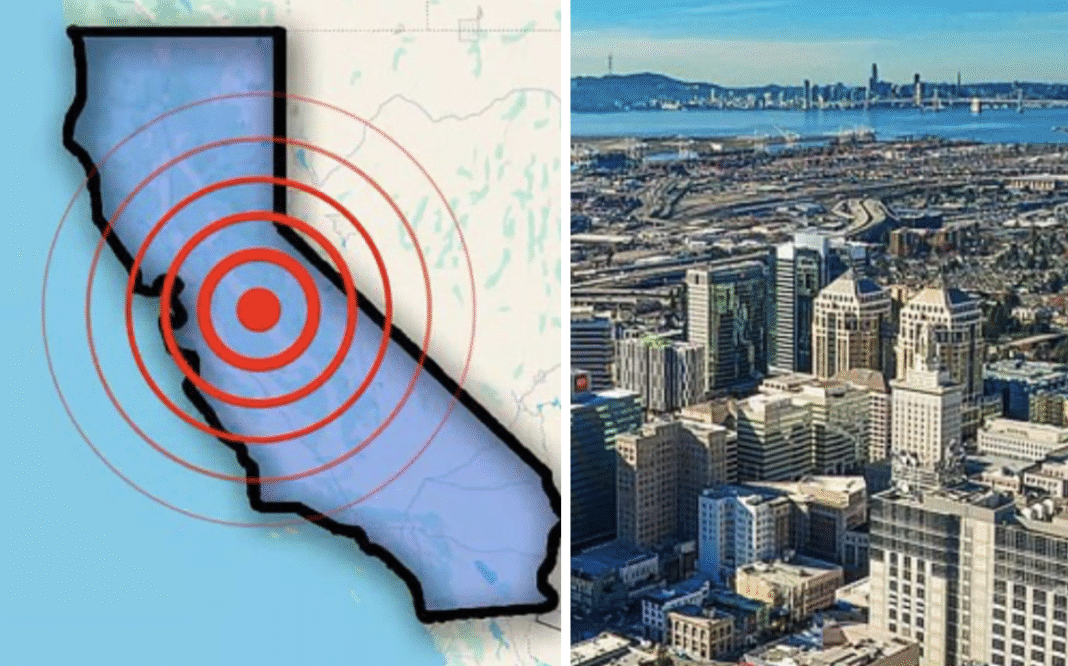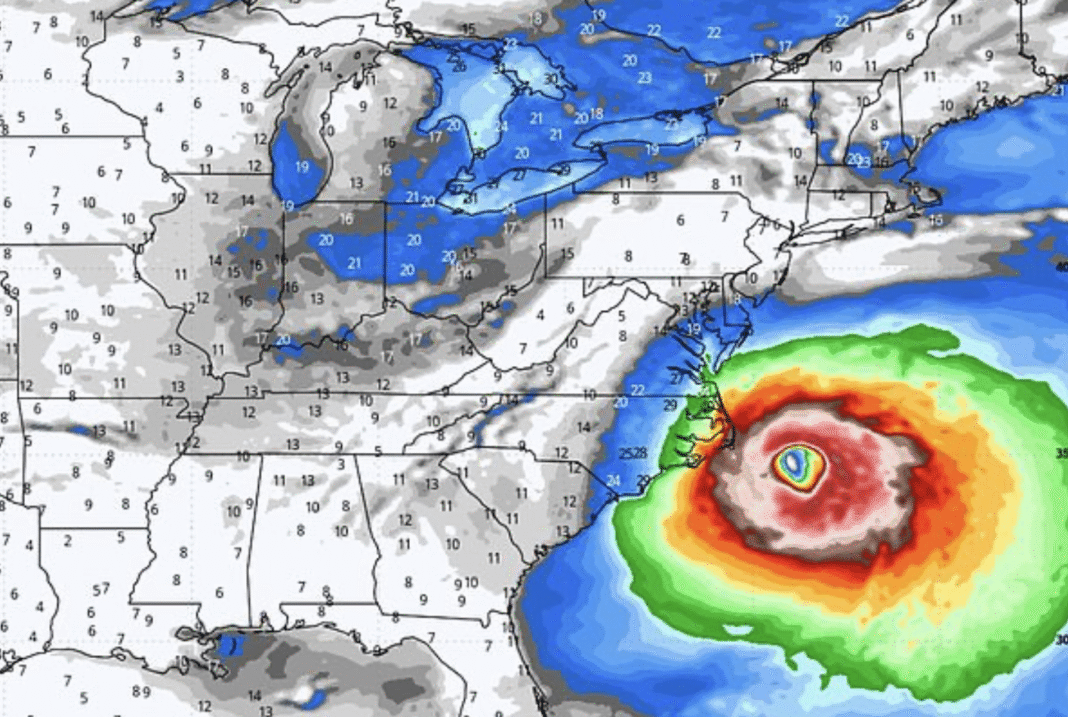Key Point Summary – Rapid Succession Of Earthquakes
- Six quakes between 2.6 and 4.0 magnitude struck California Thursday
- Four tremors hit within two minutes near San Andreas Fault
- Experts fear activity could be linked to long-overdue “Big One”
- Caltech study warns future quakes could be larger than expected
- No major damage reported, but residents rattled statewide
The quiet of the California night shattered in the early hours of Thursday when a rapid succession of earthquakes jolted the state, rattling nerves and reigniting fears of a catastrophic “Big One.”
According to the US Geological Survey, six quakes shook the ground within hours, ranging from magnitude 2.6 to 4.0. Four of them struck within just two minutes at 1:51 a.m. ET, their epicenters clustered about 72 miles north of San Francisco near the San Andreas Fault.
Fault Lines Under Watch
The San Andreas, stretching 800 miles from Cape Mendocino to the Salton Sea, is a geological giant — and it’s overdue for disaster. Scientists estimate the fault typically unleashes a massive quake every 150 years or so. The last one struck 167 years ago.
Adding to the tension, one of Thursday’s tremors — a 3.9 magnitude — erupted on the Maacama Fault. Running parallel to the San Andreas north of Santa Rosa, it adds complexity to the region’s seismic landscape.
Residents On Edge
Residents reported light shaking and rattling windows, but no significant damage or injuries. Still, the sudden cluster had social media buzzing. “I thought my dog was shaking the bed,” one Sonoma County resident posted. “Then I realized the whole house was moving.”
Seismologists say earthquakes between 2.5 and 5.4 magnitude are often felt but rarely cause serious damage. Yet, in a region sitting on a web of active faults, even minor quakes can feel like an ominous drumroll.
Southern California Joins The Action
By mid-morning, the ground in Southern California got in on the act. At 9:50 a.m., a 3.6 magnitude quake rumbled through the region, underscoring just how widespread Thursday’s seismic unrest had become.
While scientists have not confirmed whether the events were linked, they are analyzing whether the northern quakes were part of a swarm or an aftershock sequence.
Big One Could Be Bigger Than Expected
A new Caltech study offers unsettling news: the “Big One” might be even bigger than previously thought. Researchers examined the deadly March 28, 2025, earthquake in Myanmar, where the Sagaing Fault — a close cousin to the San Andreas — ruptured along an unexpectedly long stretch.
Instead of breaking the predicted 186-mile section, it tore through more than 310 miles, shifting the ground nearly 10 feet in places. The quake killed more than 2,000 people and injured thousands more.
Lessons From Abroad
“Future earthquakes might not simply repeat past known earthquakes,” warned study co-author Jean–Philippe Avouac. “They can be very different and release even more energy than expected.”
The Caltech team used satellite imagery to map the fault’s movement, revealing how it slipped far beyond expectations. If a similar rupture happened along the San Andreas, the destruction could dwarf previous estimates — potentially causing 1,800 deaths, 50,000 injuries, and $200 billion in damage.
Scientists Urge Vigilance
Seismologists stress that California’s tectonic plates are constantly in motion, slowly grinding past each other. When friction locks their edges, stress builds until it’s violently released in the form of an earthquake.
As Thursday’s rapid-fire tremors proved, the ground doesn’t always give warning. Sometimes, the first shake is just the start.
“People think the ‘Big One’ will announce itself with a huge jolt,” one USGS scientist noted. “But it could start with a few small quakes — just like we saw this morning — and then escalate within minutes.”
For now, the damage is minimal. But the fear lingers. Californians know they live on borrowed geological time — and after Thursday’s wake-up call, the countdown feels a little shorter.







